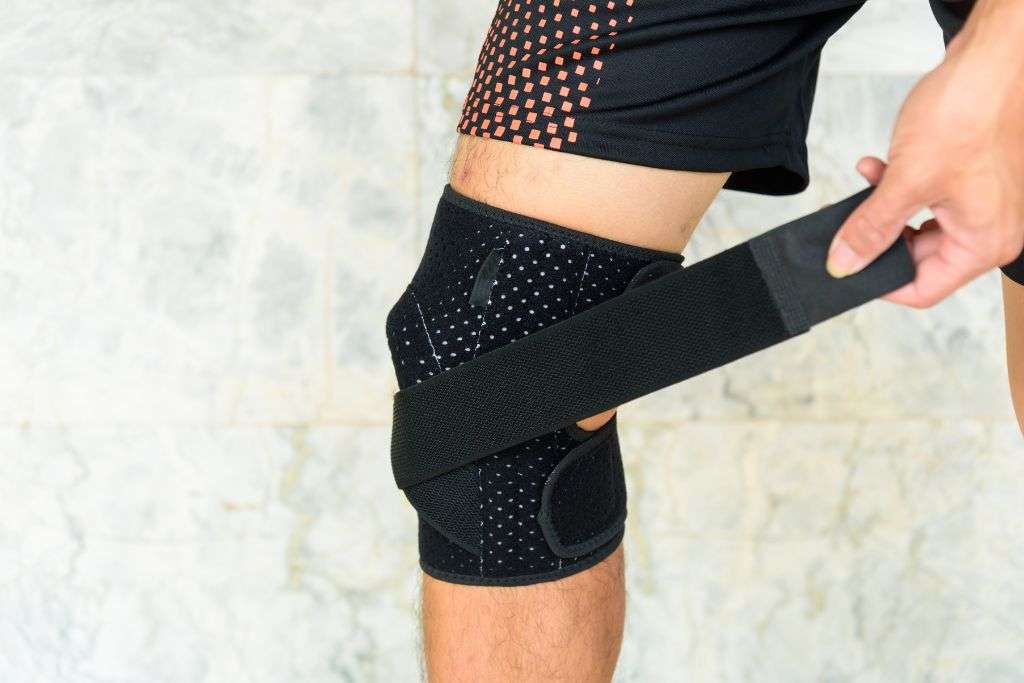
Jun 8,2023
Knee injuries are a common occurrence in sports, with athletes at all levels experiencing the risk of damaging their knees. To mitigate this risk and provide optimal protection, knee pads play a crucial role. In this blog post, we will delve into the importance of knee pads in sports, exploring their benefits, how they enhance performance, and why athletes should prioritize safety by incorporating knee pads into their sporting activities.
Before we dive deeper into the significance of knee pads in sports, let's start with an overview of what knee pads are and how they function. Knee pads are protective gear designed to shield and support the knees during physical activities. They come in various styles and materials, with the primary goal of reducing the risk of knee injuries.
Knee protection is paramount in sports for several reasons. First and foremost, the knee joint is complex, consisting of bones, ligaments, tendons, and cartilage, making it susceptible to injuries. By using knee pads, athletes can provide an additional layer of support and cushioning, reducing the impact on their knees and minimizing the risk of injury.
One of the primary roles of knee pads is to prevent knee injuries in sports. By absorbing shock and distributing pressure, knee pads act as a barrier between the knees and potential hazards such as falls, collisions, and hard surfaces. They help protect the ligaments, tendons, and other vulnerable structures from sudden impact, reducing the likelihood of sprains, strains, and fractures.
To understand the importance of knee pads, it's crucial to grasp the anatomy of the knee and identify the vulnerable areas prone to injuries. This section will delve into the structure of the knee joint, highlighting the ligaments, menisci, and other critical components that can sustain damage during sports activities.
Sports activities can subject the knees to a range of injuries. This section will explore common knee injuries that athletes may encounter, such as ligament tears (ACL, MCL), meniscus tears, patellar tendinitis, and patellar dislocation. By understanding the potential risks, athletes can appreciate the value of knee pads as a preventive measure.
Knee pads offer more than just protection; they provide essential support and cushioning to the knee joint. This section will explain how knee pads distribute pressure evenly, absorb shock, and stabilize the knee, allowing athletes to engage in their respective sports with confidence and reduced strain on their knees.
Selecting the appropriate knee pads for a specific sport is crucial to ensure optimal protection and comfort. This section will provide insights into the factors athletes should consider when choosing knee pads, such as size, fit, materials, flexibility, and additional features. It will also discuss sport-specific knee pad variations and their suitability for different activities.
Using knee pads in sports offers several advantages beyond injury prevention. This section will highlight the benefits, such as improved performance, increased confidence, enhanced mobility, and the ability to push athletic boundaries while minimizing the fear of knee-related setbacks.
Knee pads not only provide physical protection but also contribute to an athlete's mental state and overall performance. This section will explore how the presence of knee pads can instill confidence, reduce hesitation, and allow athletes to focus on their technique and gameplay, ultimately leading to enhanced performance on the field or court.
While knee pads can be beneficial across multiple sports, some activities necessitate their usage more than others. This section will highlight sports where knee pads are particularly crucial, such as volleyball, basketball, skateboarding, roller derby, and martial arts, emphasizing the specific risks associated with these activities and the necessity of knee protection.
To maximize the benefits of knee pads, proper fitting and wearing techniques are essential. This section will provide practical tips and guidelines on how athletes can ensure their knee pads fit correctly, stay securely in place during physical exertion, and allow for a full range of motion without compromising protection.
Knee pads play a pivotal role in sports by offering vital protection, support, and cushioning to the knees. Athletes should recognize the importance of knee protection and prioritize safety alongside their performance goals. By choosing the right knee pads and utilizing them consistently, athletes can reduce the risk of knee injuries, enhance their performance, and participate in their chosen sports with confidence and peace of mind.